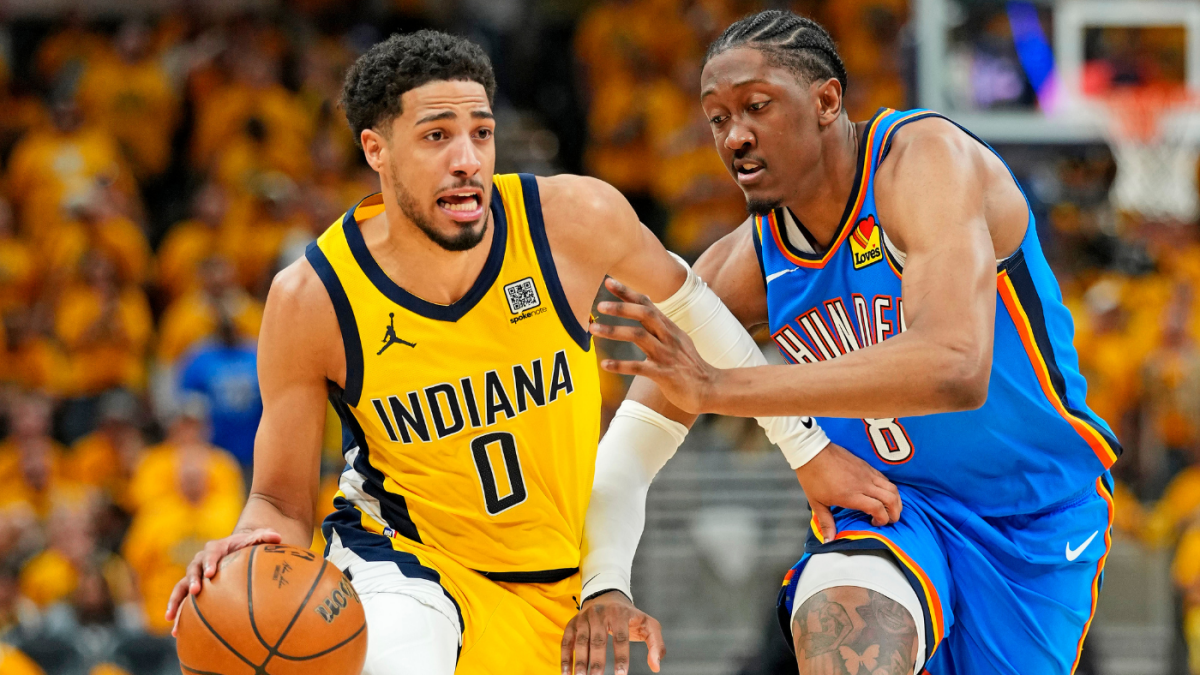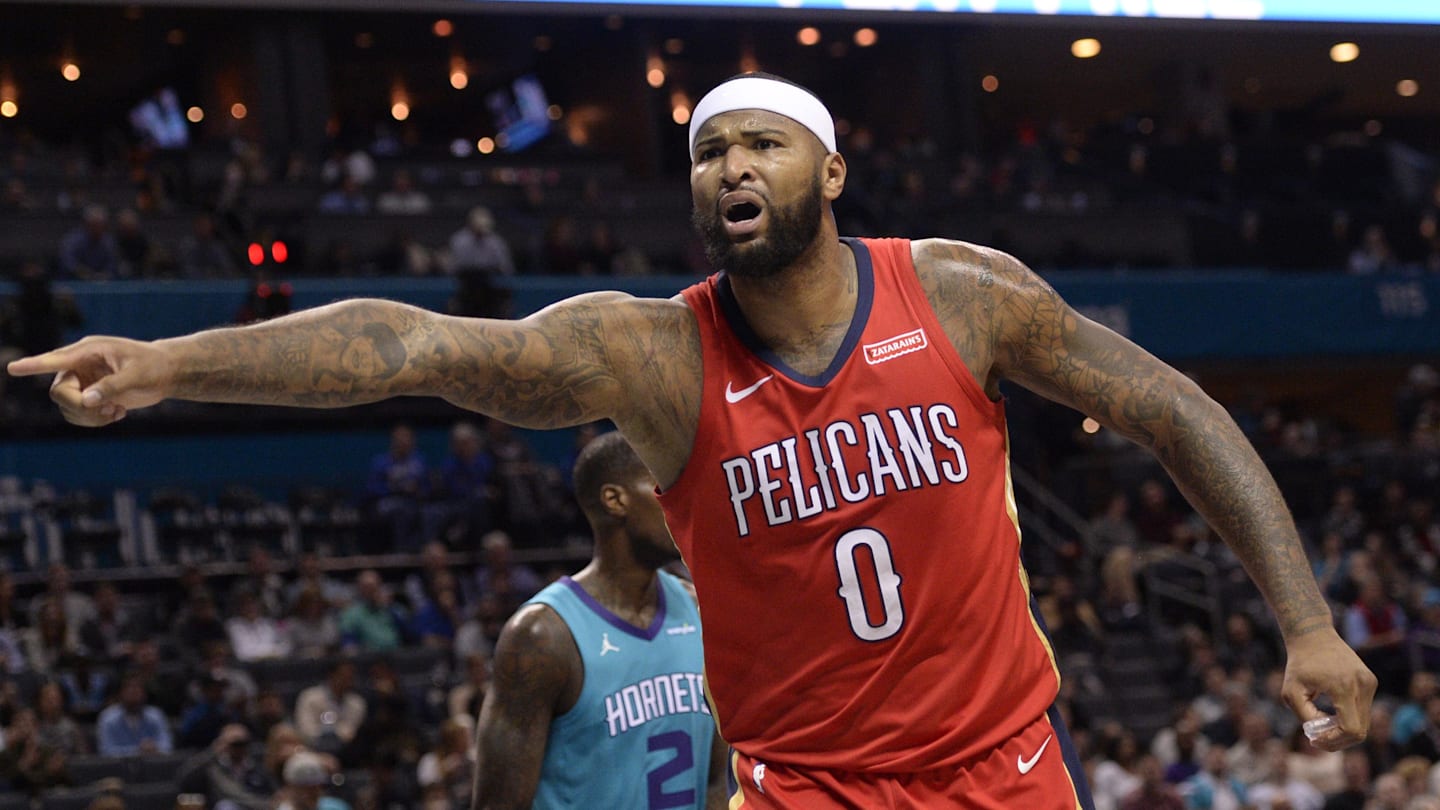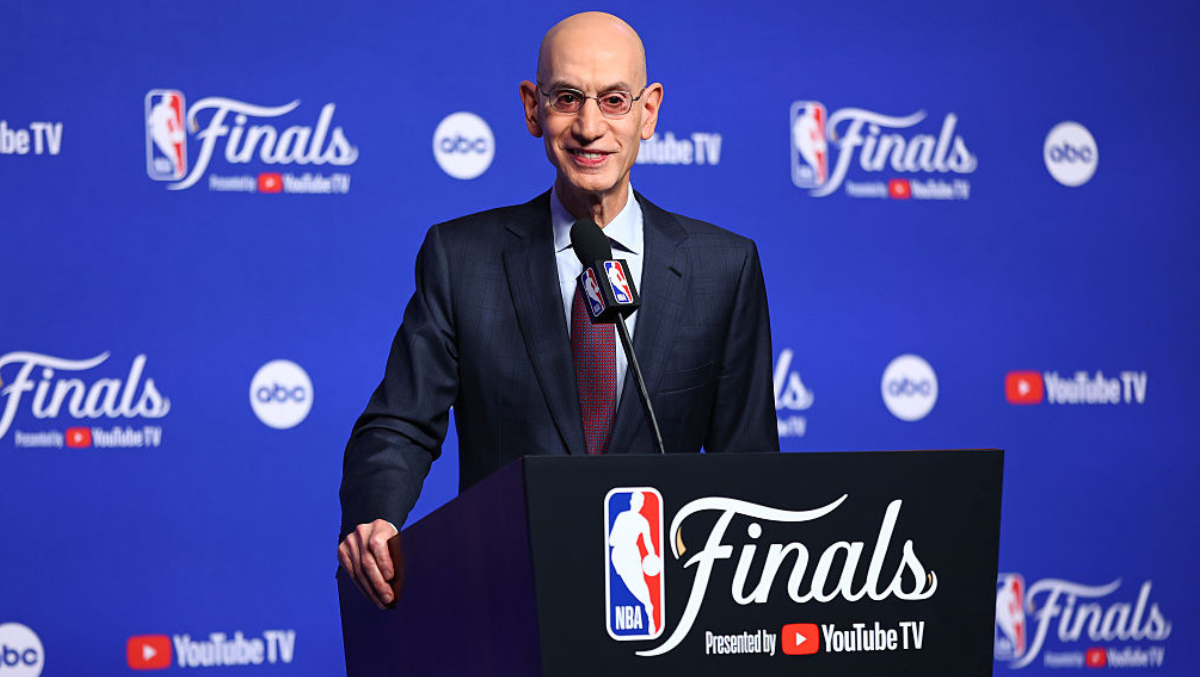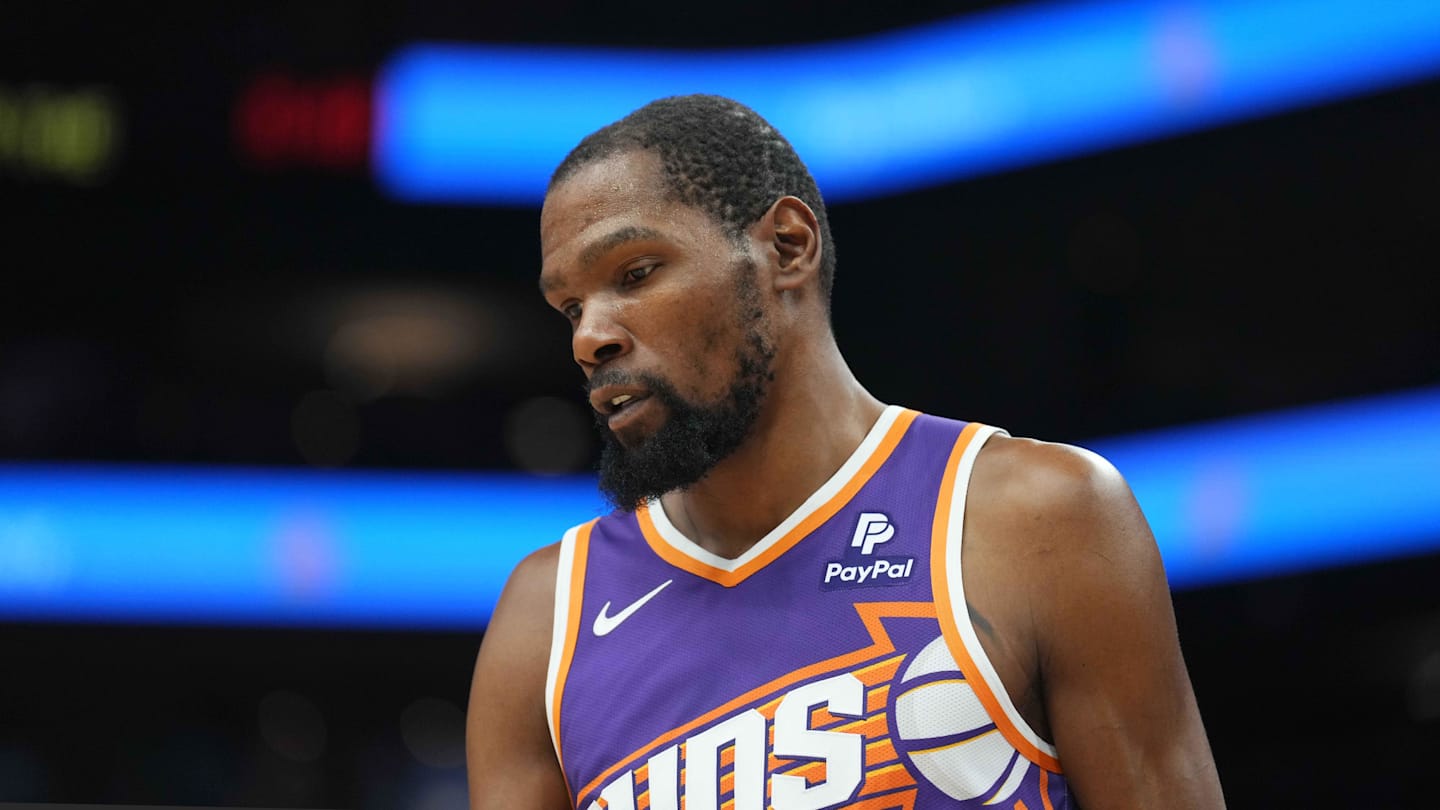
Tyrese Haliburton and the Indiana Pacers have flipped the script. After being thoroughly outplayed in Game 2 of the NBA Finals, the Pacers took it to the Oklahoma City Thunder in Game 3 on Wednesday. Indiana started relatively slowly, then dominated the second quarter. Oklahoma City responded in the third quarter, then the Pacers controlled the final frame. Haliburton was far more decisive at Gainbridge Fieldhouse than he was in OKC, finishing with 22 points (9-17 FG, 4-8 3PT), nine rebounds, 11 assists and two steals in 36 minutes, but this was an extremely balanced effort. When Indiana went on its first huge, game-changing run, Haliburton was on the bench.
This was the Pacers’ best offensive game and best defensive game of the series. After all sorts of discussion of the Thunder’s swarming defense, Indiana showed that it can be physical and disruptive, too. The Pacers forced 19 turnovers, and, for the first time all series, they were able to find some easy buckets in transition.
Indiana scored 49 bench points to Oklahoma City’s 19. Let’s start there.
Mayhem from McConnell and Mathurin
T.J. McConnell is an absolute maniac. Everybody in the league is aware that he likes to go for steals on inbounds passes, and yet, in Game 3 of the NBA Finals, he was able to catch the Thunder by surprise. And then do it again. And again. Three of McConnell’s five steals occurred on inbounds passes.
Oklahoma City is going to have nightmares about those steals. “Obviously those are costly plays,” Thunder coach Mark Daigneault told reporters. McConnell changed the energy of the game just about as soon as he checked in, and it wasn’t just the thievery. Offensively, he found opportunities to push the ball in transition and get into the paint in the halfcourt. This is what McConnell does, but, before Game 3, it had been hard for him to do it against the Thunder’s defense.
McConnell finished with 10 points (3-8 FG, 0-1 3PT, 4-4 FT), five assists and five steals in 15 minutes. And he wasn’t even necessarily Indiana’s best reserve, as Bennedict Mathurin’s shot-making was at least equally important. In 22 minutes, Mathurin scored a game-high 27 points on ridiculous efficiency. The third-year guard shot 9 for 12 from the field, 2 for 3 from deep and 7 for 8 from the line.
Only two players since the NBA-ABA merger (Fred Brown in 1978, Sam Cassell in 1995) have scored more points off the bench in an NBA Finals game.
Mathurin has had higher-scoring performances. Considering the stage, the stakes and the defense he was facing, though, this was the game of his life. The Pacers desperately needed someone to relieve the pressure on Haliburton and Siakam, and both McConnell and Mathurin repeatedly answered the call.
“Those guys were tremendous,” Indiana coach Rick Carlisle told reporters. “T.J. just brought a will, competitive will to the game. Mathurin jumped in there and immediately was aggressive and got the ball in the basket. Look, this is the kind of team that we are. We need everybody to be ready. It’s not always going to be exactly the same guys that are stepping up with scoring and stuff like that. But this is how we’ve got to do it, and we’ve got to do it as a team.”
Haliburton hits back
Leading up to Game 3, Haliburton told ESPN’s Malika Andrews that the Thunder were “probably the best defense I’ve ever seen in my career.” He also said, though, that he thought he could do a better job of getting downhill and making decisions against that defense.
“I really feel like I control a lot of what’s going on right now,” he told ESPN. “I have a lot of confidence.”
That confidence was on display Wednesday. He didn’t totally change his style of play or anything — Haliburton took just four more shots than he had in the first two games and still hasn’t been to the free throw line in the Finals — but he imposed his will in his way. Haliburton targeted OKC’s bigs with pick-and-rolls, opportunistically launched pull-up jumpers and, like he usually does, got the ball up the floor as quickly as humanly possible. Haliburton had a few uncharacteristic turnovers, but the Pacers are surely fine with that. He didn’t let the Thunder deter him from doing his thing, and he made the right read much more often than not.
“Look, every game you’re going to have to make adjustments against this defense,” Carlisle said. “There’s just going to be different looks. You’re going to have different high-level defenders on you. You’re going to see some different coverage stuff. It’s going to be constantly changing. So I thought his approach tonight was exactly what it need to be: a combination of spatial awareness and aggression, and a real good feel for aggression to score along with getting his teammates involved at the right times. He was terrific.”
‘[The Pacers] were in character’
This matchup is so fascinating. Both teams are extremely physical defensively, and both teams are constantly trying to turn defense into offense. At the risk of oversimplification, the Thunder have superior individual shot creation and the Pacers have superior shooting, but both teams are fighting to establish some sort of rhythm in the halfcourt. Rarely in the first three games have both teams found that rhythm at the same time.
In Game 3, OKC seemed to have control of the game in the first quarter. It responded well after a disastrous second quarter, too, and took a five-point lead into the fourth. In the final frame, though, Indiana “really outplayed us on both ends,” Daigneault said. “I thought they were in character in terms of their physicality, their pressure on defense. Then they were in character in terms of their pace on offense.”
The Pacers were “sharper,” Daigneault said. He added that, in Game 4 on Friday, the Thunder “definitely have to play our style and impose our will for more of the 48 minutes if we want to come on the road and get a win.”
Indiana’s pick-and-roll defense against Shai Gilgeous-Alexander was worlds better than it was in Game 2. The MVP said he had “to go backwards” when he came off ball screens because the bigs were up higher. In 42 minuets, he scored 24 points on 9-for-20 shooting, plus eight rebounds, four assists, three blocks and six turnovers. In the fourth quarter, he scored three points on 1-for-3 shooting.
By his standards, that’s an off night. He had his moments, though, as did Chet Holmgren (20 points on 6-for-15 shoting) and Jalen Williams (26 points on 9-for-18 shooting). The reality, though, is that all of these guys are probably going to oscillate from looking like the best versions of themselves to looking a bit out of sorts. The same is true for the Pacers’ main playmakers. This is what happens when two teams that are largely defined by ball pressure, the drive-and-kick game, awesome transition offense and awesome transition defense have to go up against each other.
‘You have to be super resilient’
Carlisle said he was proud of the way Indiana “bounced back from a rough ending to the third quarter.” OKC closed the third with an and-1 dunk by Holmgren and an off-the-dribble 3 by Williams, but the Pacers took the momentum back right at the beginning of the fourth and played to their identity the rest of the way.
One play that shouldn’t be forgotten: This tough-as-nails defensive stand from Myles Turner:
This is particularly impressive in light of Carlisle’s postgame revelation that Turner played through an illness and might not practice on Thursday.
“I thought he did a great job of just taking a couple of deep breaths in the third quarter and just doing a reset and coming back in there ready,” Carlisle said. “That’s what a lot of this is. You have to be super resilient.”


